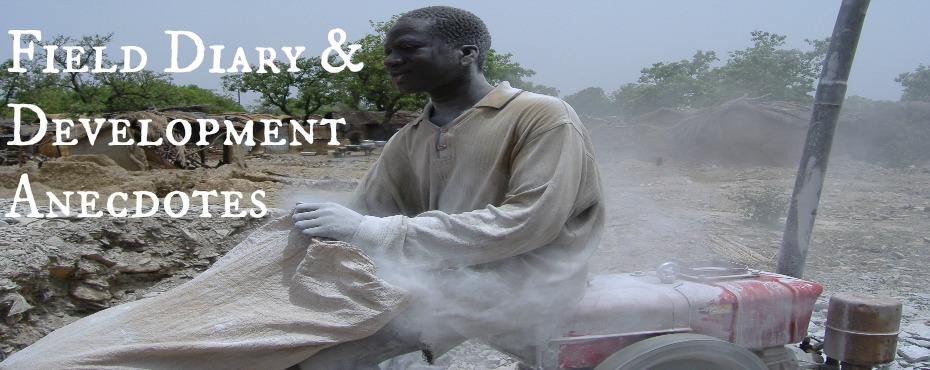It appears that as an idea, Fair Trade mining has finally captured the consumers’ conscience. Through extensive lobbying, many of the organizations that make up the umbrella Fair Trade Labelling Organizations International (FLO) have successfully popularized this idea, painting the picture that the acquisition of so-called Fair Trade minerals is helping to lift some of the world’s poorest people out of poverty. But further analysis reveals an entirely different story.
Apart from gold mining – a discussion which I will leave for another day – perhaps the most intriguing cases in this context is coloured gemstones. How can Fair Trade schemes be launched for these high-value commodities, which only occur in a handful of countries? There are now a host of international players involved in the production, distribution and sale of coloured gemstones. At first glance, it would appear that implementing a superimposed system of Fair Trade in such instances would be an impossible feat. Closer investigation underscores just how difficult this can be.
Take, for example, the case of Nyala ruby, a much-coveted precious stone sourced from Malawi which the Washington State-based distributor Columbia Gemhouse has curiously – and potentially, prematurely – has labelled a ‘Fair Trade Gemstone’. This classification seems to have arisen on the basis of the organization knowing where the stones are being sourced from, and that production is taking place under certain conditions. But the message is very different on the ground. If we were to follow the model in place for agricultural commodities, it would mean that Columbia Gemhouse is partnering with impoverished small-scale gemstone operators, which is not the case. It is rather partnering with a series of ‘local’ businessmen (of Indian descent) who run a large-scale operation. During interviews, these men shared their own ideas about Fair Trade that were completely different from those of Columbia Gemhouse and small-scale miners.
The reality is that each of the different parties involved has a very different perception of what Fair Trade is. Research is ongoing to unpack each of these viewpoints further but in the meantime, the customer should not be told they are purchasing a commodity which could be the furthest thing from Fair Trade.

1 comment:
Hello, I recently stumbled across your blog and I found this post particularly interesting (I'm still reading through the others). You hinted at your feelings of Fair Trade gold, but considering ARM's rise and news of the first FT gold exports in 'Africa' (Kenya), I was wondering if you could comment on it? I should disclose that I work for Estelle Levin, and our observation is that only the elite of artisanal miners can reach the FT/FM standard, and it's a long road to get there, particularly in fragile contexts and where land rights are anything but settled. So your post about 'fair for whom?' really jumped out at me. Best, Cristina
Post a Comment